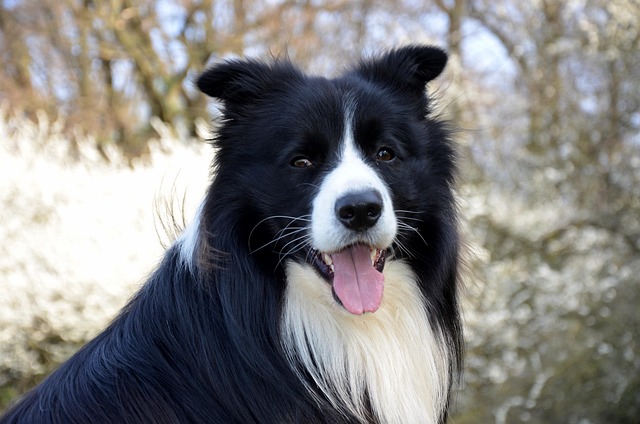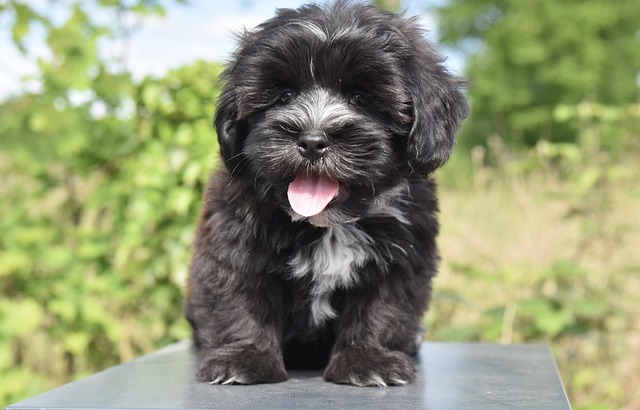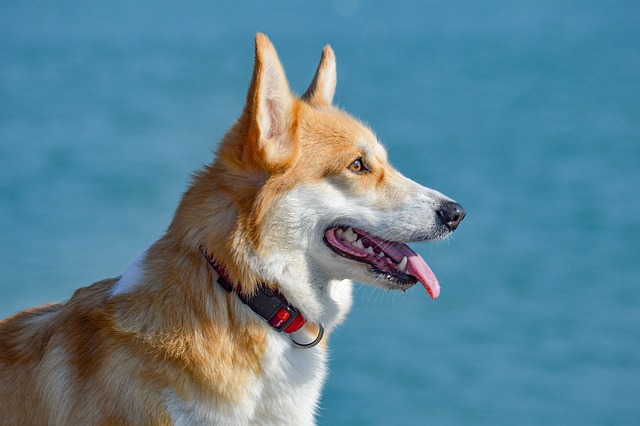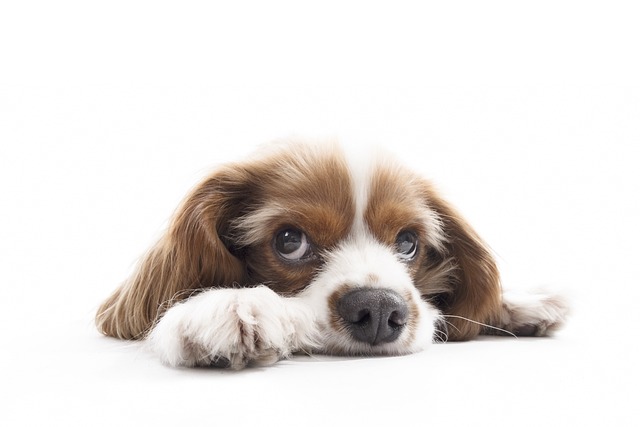Figuring out a Papillon’s age isn’t just a fun guessing game—it can help you provide the best care, from adjusting their diet to knowing when to schedule those extra vet check-ups. These little dogs, with their big ears and lively personalities, change in subtle ways as they grow, and keeping an eye on those changes can make a world of difference for their health. Plus, understanding their age helps ensure you’re meeting all local requirements, like licensing and vaccination schedules, which vary by area but matter for every pup’s well-being.
Start with their teeth—that’s usually the first clue. Puppies have tiny, sharp baby teeth that start coming in around 3 to 4 weeks, and by the time they’re 6 months old, those should all be replaced by strong adult teeth, clean and white with no signs of wear. As Papillons hit 2 to 3 years, you might notice a little yellowing, especially on the back molars. By 5 or 6, there could be some tartar buildup, and by 8 to 10, minor chipping or even a missing tooth isn’t uncommon. Senior Papillons, around 10 or older, often have more noticeable wear, maybe some gum recession, and might need extra dental care to keep them comfortable.
Their eyes tell a story too. Young Papillons have bright, clear eyes with a shiny, alert look—no cloudiness or dullness. As they age, around 7 or 8, you might see a slight haze, almost like a thin film, which is a normal part of aging called nuclear sclerosis, not to be confused with cataracts. Cataracts are more opaque and can affect vision, so if you notice that, a vet visit is a good idea.
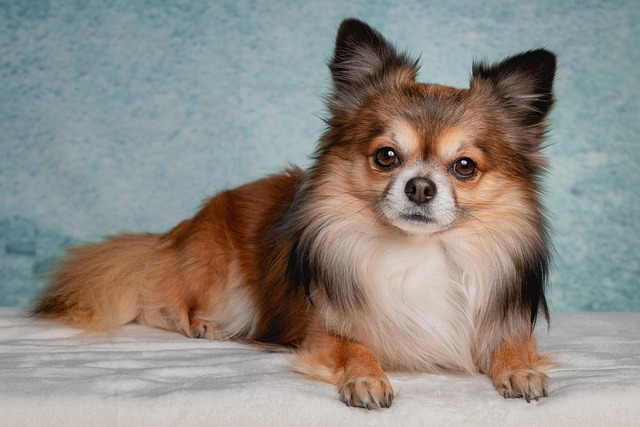 Coat changes are another hint. Puppies have softer, shorter fur that might look a bit fuzzy, and their signature butterfly ears take a few months to fully stand up. Adult Papillons, from 1 to 7 years, have that classic sleek, silky coat with the distinct color patterns they’re known for. As they get older, 8 and beyond, you might spot gray hairs around the muzzle or paws, just like humans get gray hair. It’s a gentle reminder that they’re entering their golden years and might need a bit more warmth in cold weather or a softer bed to rest on.
Coat changes are another hint. Puppies have softer, shorter fur that might look a bit fuzzy, and their signature butterfly ears take a few months to fully stand up. Adult Papillons, from 1 to 7 years, have that classic sleek, silky coat with the distinct color patterns they’re known for. As they get older, 8 and beyond, you might spot gray hairs around the muzzle or paws, just like humans get gray hair. It’s a gentle reminder that they’re entering their golden years and might need a bit more warmth in cold weather or a softer bed to rest on.
Behavior can shift with age too. Young Papillons are bundles of energy—racing around, exploring every corner, and maybe chewing on anything they can get their teeth on. That high energy starts to mellow around 3 to 5 years, though they’ll still love a good play session. By 7 or 8, they might prefer shorter walks and more naps, and senior Papillons often enjoy quiet time with their humans, though they’ll still light up at the sound of a treat bag. Sudden changes in behavior, like becoming more withdrawn or hyperactive, aren’t just age-related—they could signal health issues, so it’s always worth checking with a vet.
No single clue tells the whole story, so putting it all together—teeth, eyes, coat, and behavior—gives you the best guess. And remember, every Papillon is unique; some age faster, some slower, depending on diet, exercise, and genetics. Keeping track of these changes helps you stay on top of their needs, from adjusting their food to making sure they’re up to date on vaccinations and any senior care they might need. After all, knowing their age is one of the simplest ways to show them the love they give so freely every day.
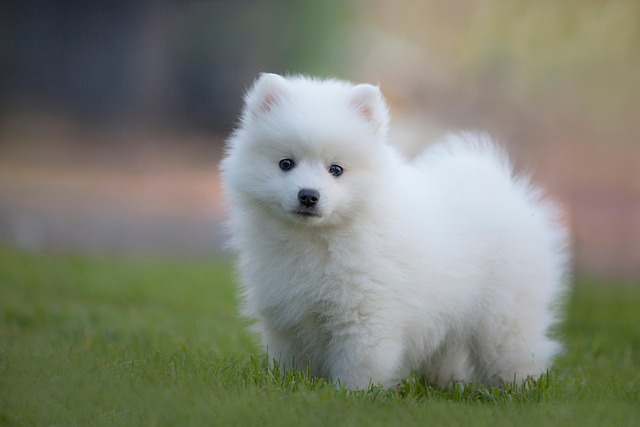
 Coat changes are another hint. Puppies have softer, shorter fur that might look a bit fuzzy, and their signature butterfly ears take a few months to fully stand up. Adult Papillons, from 1 to 7 years, have that classic sleek, silky coat with the distinct color patterns they’re known for. As they get older, 8 and beyond, you might spot gray hairs around the muzzle or paws, just like humans get gray hair. It’s a gentle reminder that they’re entering their golden years and might need a bit more warmth in cold weather or a softer bed to rest on.
Coat changes are another hint. Puppies have softer, shorter fur that might look a bit fuzzy, and their signature butterfly ears take a few months to fully stand up. Adult Papillons, from 1 to 7 years, have that classic sleek, silky coat with the distinct color patterns they’re known for. As they get older, 8 and beyond, you might spot gray hairs around the muzzle or paws, just like humans get gray hair. It’s a gentle reminder that they’re entering their golden years and might need a bit more warmth in cold weather or a softer bed to rest on.